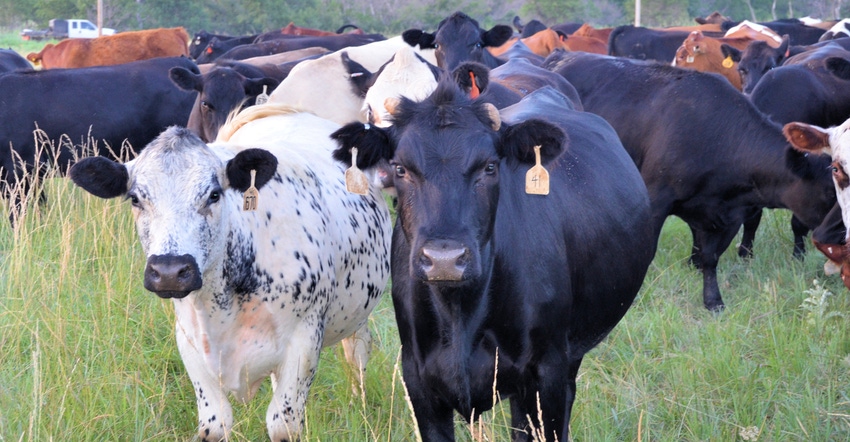June 28, 2018

Have you expanded your livestock operation, grown your herd or added new critters to your farm since completing your current nutrient management plan? If so, and your operation is in Pennsylvania, recheck your livestock nose counts and weights.
Back in 2006, Pennsylvania Act 38 regulations were finalized, which allowed stage-up reclassification of animal numbers and livestock operations affected by the state's nutrient management program. Last year, animal weights were revised, and the changes will take effect Oct. 1, 2019.
Those weight changes could reclassify some livestock operations as concentrated animal operations or concentrated animal feeding operations. That could force adoption of more intensive nutrient management compliance standards. The sooner you assess this, the better.
Pennsylvania's Nutrient Management Program regulations include a list of standard animal weights used to calculate whether a livestock operation qualifies as a CAO. The weights are periodically adjusted to reflect trends in contemporary production agriculture. The revised weights are detailed in Penn State Agronomy Facts sheet 54. That fact sheet has a worksheet for calculating animal equivalent units for beef, dairy, veal, poultry, swine, sheep, goats, equine, bison, deer, alpaca and llamas.
Note: AEUs for each animal type go beyond nose counts. Here's the formula: AEU equals (average number of animals on a typical day times animal weight divided by 1,000) times (number of days the animals are on the operation per year divided by 365).
CAO's are defined as agricultural operations where the animal density of all livestock on the farm exceeds 2 AEUs per acre on an annualized basis. This animal density criterion hasn't changed. But the definition now includes all livestock, including nonproduction animals such as horses. And, an operation with fewer than 8 AEUs isn't considered a CAO regardless of animal density.
You have the option to use other average animal weights instead of the standard weights if there's sufficient documentation to support their use. But it's not advised.
"We're more than a year away from the implementation," says Pennsylvania Ag Secretary Russell Redding. "But, since developing and improving a nutrient management plan takes time, growers should start planning now to make sure that farms are in compliance by fall of 2019."
All about numbers
Operations that become newly classified as CAOs or CAFOs due to the new standard animal weights must have their nutrient management plan approved before Oct. 1, 2019. Current operations classified as CAOs or CAFOs must amend their nutrient management plans with the new standard animal weights within the three-year lifespan of their nutrient management plan.
"While not all agricultural operations require a nutrient management plan, they're a good idea, regardless of farm size," Redding adds. "Nutrient management plans promote viable farms and healthy waterways, while providing some protection from liability and helping to demonstrate the agriculture community's commitment to environmental stewardship."
More information is available at county conservation districts or with private consultants, and at the Nutrient Management Program website.
Source: Pennsylvania Department of Agriculture
You May Also Like




